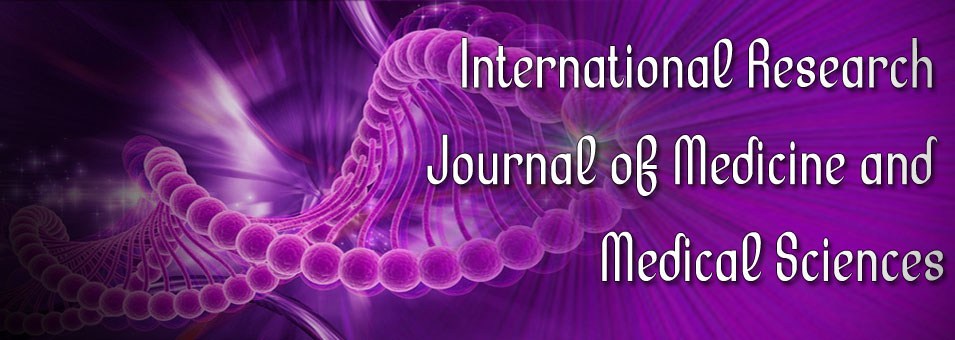The hematology profiles of children affiliated with epilepsy at Sanglah Hospital after receiving valproic acid therapy
Yanitama Putri, Dewi Sutriani Mahalini and I Gusti Ngurah Made SuwarbaInternational Research Journal of Medicine and Medical Sciences
Published: September 25 2019
Volume 7, Issue 3
Pages 105-110
DOl: https://doi.org/10.30918/IRJMMS.73.19.055
Abstract
Epilepsy is the most common neurological diseases with a high prevalence in the world. Valproic acid as the first line therapy has some adverse effects on hematology field. However, the data about hematological effects from the use of valproic acid as therapy in children with epilepsy is currently still limited. This is a cross sectional study to describe the hematology profile of children with epilepsy treated by valproic acid at Sanglah Hospital. Data collection was done during February to May 2018. We report 58 subjects of children with epilepsy treated with valproic acid at Sanglah Hospital. The mean age is 4.47 years, 60% are male. About 79.3% were generalized seizure, and 89% from them were tonic clonic type. Fifty percent of partial seizure were partial complex epilepsy. Forty-six EEG results (79.3%) were abnormal. We found 4 cases (0.07%) of thrombocytopenia at dose of 30 mg/kg/day and the others at 25 mg/kg/day. The thrombocyte level recovered after the valproic acid discontinued. We found 29 cases of anemia, 86.2% with mild anemia and others 13.2% with moderate anemia. Most of the anemia cases were found after 12 months of treatment. In conclusion, the use of valproic acid as a therapy indicates the role of drug dose and time-related spectrum of hematology disorders that ranges from thrombocytopenia to anemia. Routine laboratory evaluation is necessary, especially after 12 months of treatment with valproic acid and at a dose of valproic acid 25 mg/kg/day or more.
Keywords: Children, epilepsy, hematology profile, valproic acid.
Full Text PDFThis article is published under the terms of the Creative Commons Attribution License 4.0

